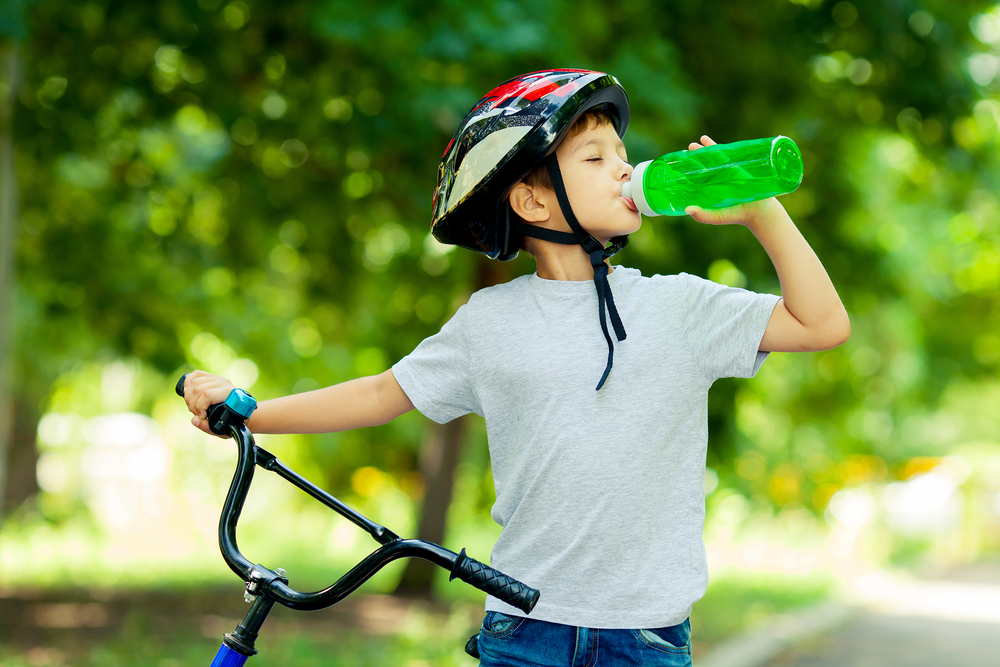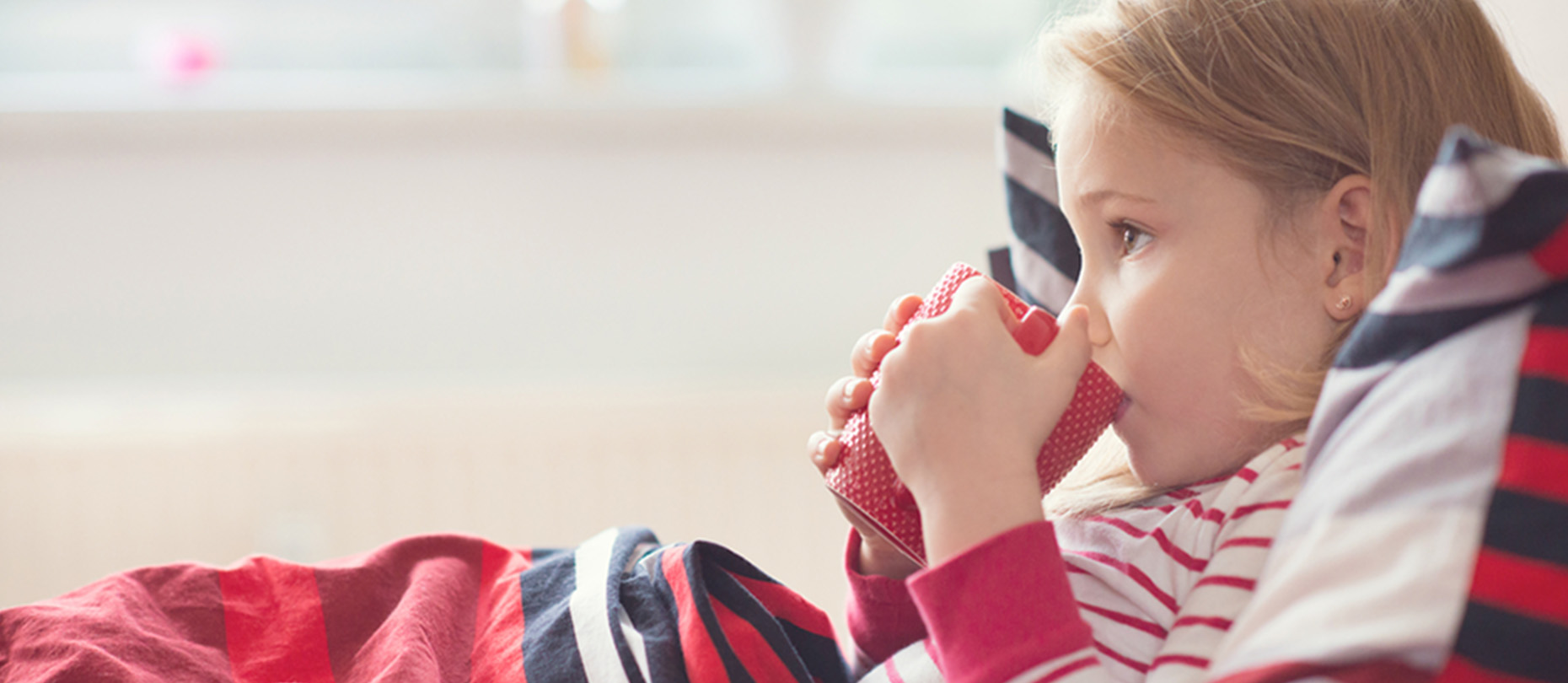What Dehydration in Children Looks Like
The very first symptom of mild dehydration in children is often thirst. But when kids are absorbed in a game of soccer, tennis or tag, they're usually too busy to even notice this subtle sign. But mild dehydration can worsen throughout the day, setting your child up for more serious dehydration later.
Knowing these signs and symptoms can help you spot dehydration and treat it promptly:
- Low energy and fatigue.
- Dizziness.
- Headache.
- Crankiness.
- Dry lips and tongue.
- Feeling unusually hot.
While it's important to keep an eye out for these signs yourself, it's a good idea to familiarize your child with them, too. This way, if they're starting to feel dehydrated, they can report back to you right away.
Also, have them keep an eye on the color of their urine. Different shades can offer helpful hydration clues. Let them know that, ideally, their urine should be pale yellow or the color of lemonade. If it's dark yellow or amber, they may be dehydrated.
How to Stop Dehydration in its Tracks
A little planning can go a long way in avoiding dehydration. For starters, it can be helpful to know how much fluid your child needs and the best ways to get it.
Children younger than eight years old should consume between 4 to 6 cups of fluid each day to stay hydrated, while older children should drink 6 to 8 cups.
For kids of all ages, it can be helpful to add plenty of water-rich fruits and vegetables to their diets. Even though we get most of our fluids from actual liquids, experts estimate that we get about 20% from foods — primarily produce.
If your child is averse to drinking plain old water or is a bit of a picky eater, these tips can help ensure they're getting plenty of fluids from their diet.




Social Share